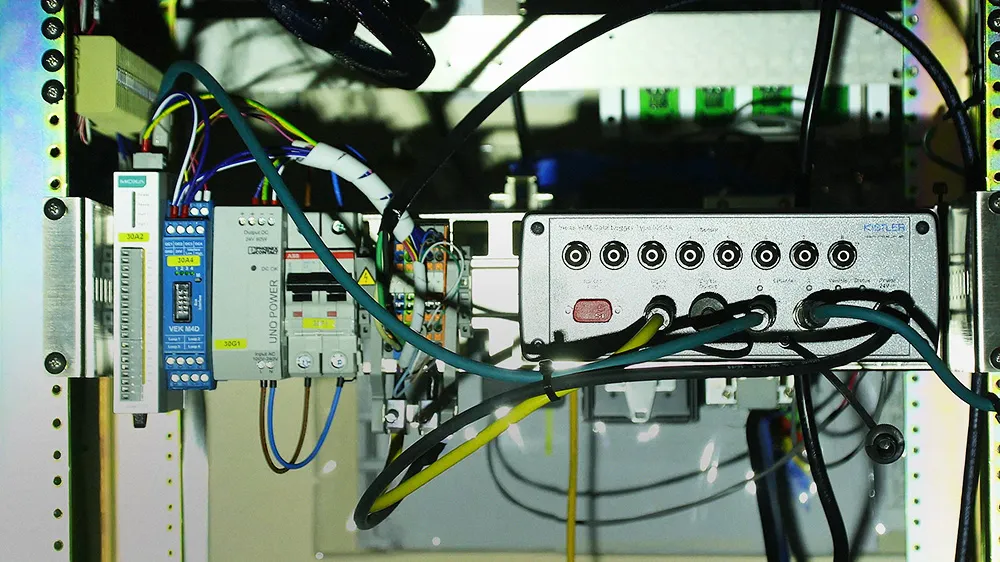Kapsch TrafficCom IVHS is to supply the Texas Department of Transportation (TxDOT) with their IDS 2.0 integrated incident detection system (IDS) for the Washburn Tunnel in Houston, Texas, the south’s largest and first toll-free vehicular tunnel. The non-invasive detection system will be linked to 14 fixed roadway cameras for incident direction for two-way traffic in the vehicular tunnel and up to six infrared intrusion detection cameras in the ventilation tunnel, enabling tunnel operators to provide cost-e
August 31, 2012
Read time: 2 mins
“Incident detection in tunnels and on the open road is critical to maintaining traffic flow and keeping drivers safe,” said Chris Murray, President and CEO, Kapsch TrafficCom IVHS.
The IDS 2.0 processes the video stream from existing cameras for automatic incident detection, traffic data gathering, and movement detection. Using video analysis, the system also provides automatic camera calibration, wrong direction detection, slow vehicle, stopped vehicle, traffic jam, lost cargo, pedestrian on road, smoke, movement in non-traffic areas, speed measurement, classification (two classes), vehicle counting, distance measurement and statistical data. Intrusion detection in the ventilation tunnel identifies both people and large animals.










